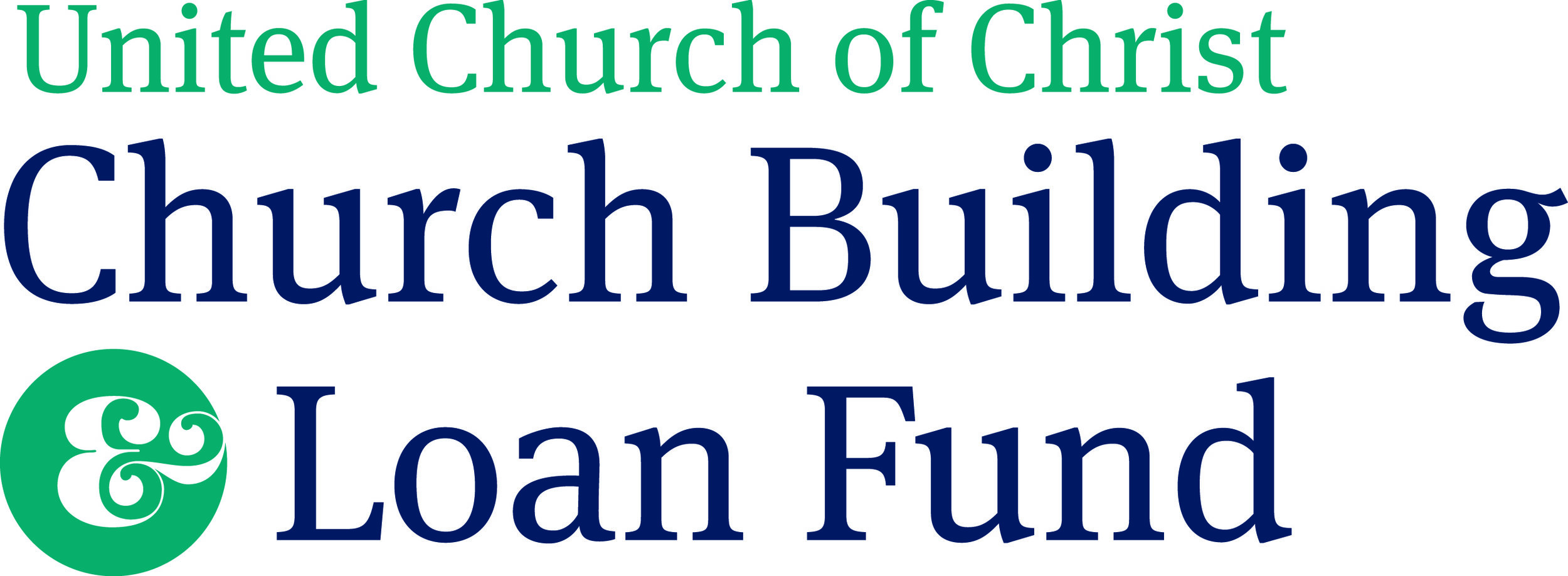How We’re Tracking Progress Toward Our Mission
Last year, the Church Building & Loan Fund (CB&LF) underwent a collaborative effort led by the Rogers Solution Group. This effort included internal and external stakeholders of CB&LF who came together to collect data and prioritize outcomes across various themes, which informed the CB&LF 2025-2027 Mission Implementation Strategy (MIS).
While this isn’t the first time CB&LF has developed an MIS, it was important that the team update their priorities to reflect what stakeholders felt was important for CB&LF to accomplish over the next couple of years. Four priorities were identified: workplace culture, infrastructure, capital and fundraising, and marketing and communications.
Keep reading to learn more about how CB&LF will track their progress within these priorities and how churches can use the tracking method when undergoing similar strategy processes.
Developing Key Performance Indicators to Track Progress
For any mission-driven organization, it’s good to have defined objectives and quantifiable metrics to measure progress toward those objectives. These metrics are called KPIs, or key performance indicators, and the actual outcomes or achievements are called KPRs, or key performance results. An example of a KPI could be the number of people who read this article, whereas the KPR would be the actual number of unique visits to this article.
KPIs were identified under each of CB&LF’s priorities so that the team can track their progress against them and ensure their efforts translate into tangible impact. By regularly reviewing KPRs, CB&LF can identify areas where they are excelling, as well as areas that need further attention, fostering a culture of accountability and continuous improvement.
Here are some examples of KPIs identified for some of CB&LF’s identified priorities:
Workplace culture: Number of staff recognized for achievements
Capital and fundraising: Percent increase in net assets
Marketing and communications: Increase in media coverage, mentions in key industry publications
Ways Our KPIs Will Benefit Partner Churches
This work benefits partner churches because, with capital and fundraising as a priority, the goal is to raise more money to then provide more lending opportunities to churches, and for CB&LF to leverage its resources more effectively and ensure financial sustainability.
It also benefits partner churches because one of CB&LF’s objectives under this MIS is to ensure their internal operations can adapt to growing demands, which in turn builds greater trust with stakeholders and positions CB&LF as a leader in mission-driven impact.
How Can My Church Undergo a Similar Process?
CB&LF has learned a lot of valuable lessons from this process, lessons that can benefit churches looking to adopt a similar approach to developing their own MIS.
“I would tell churches to involve as many stakeholders as possible,” says Taylor Russell, Senior Data Analyst at CB&LF. “Internal and external stakeholders were interviewed and surveyed to get as much feedback as possible from those we work with and those we serve. It’s key to have lots of different voices at the table, not just folks that will agree and say yes to everything.”
Once you have interviewed the appropriate stakeholders, identify common themes that came up in those interviews and see if those themes align with your church’s mission. Then, if they’re aligned, determine what KPIs will help you track progress toward those priorities.
Interested in working with CB&LF? Our Visioning process can help you in identifying priorities and refining your mission and vision. Contact us to learn more.
